The Society is now making some of its older publications available as Open Access eBooks. In addition, our new Society for Libyan Studies Open Access Monograph series will be making some of our titles Open Access on publication.
These titles are available to both members and non-members, for digital download, in the following formats:
- PDF (best for desktop)
- EPUB (best for Nook, Kobo, Sony Reader and most tablets)
- MOBI (best for Kindle)
Available Titles
Inscriptions of Roman Cyrenaica 2020
Edited by Joyce Reynolds, Charlotte Roueché, Gabriel Bodard, in collaboration with Catherine Dobias-Lalou. The edition designed and prepared by Gabriel Bodard, Simona Stoyanova and Irene Vagionakis
This edition of the Inscriptions of Roman Cyrenaica 2020 (IRCyr2020) is being published to mark the 102nd birthday, on 18 December 2020, of Joyce Reynolds, of Newnham College Cambridge, the principal author. It would be misleading to describe this collection as complete. We are presenting everything available to us, including texts published up to 2012; for consistency, this includes a small number of texts published by other scholars. There will be other texts not yet published; there will be further illustrations and other data for the texts presented here. We would welcome further material for an eventual further edition; we hope that readers will feel free to download, republish and enhance these materials. But our principal intention is to enable others to benefit from Reynolds’ work, and to stimulate and enable further study and understanding of Roman Cyrenaica.
(Click here to access this title)
Rural Settlement and Economic ActivityRural Settlement and Economic Activity is a key new addition to literature on the rural economy of Tripolitania during Antiquity, by Muftah Ahmed. The chapters explore the geography and climate of the area and present the results of the author’s archaeological survey. Settlement types and their constructions are examined, followed by a detailed analysis of olive oil presses and their production capacity. Finally, amphora production sites are discussed, with examples of the types of amphora and their capacities. The conclusions give an overview of the rural economy of Tarhuna during the Roman period, focusing on economic aspects and offering an astonishing new picture of this highly productive landscape.
The Archaeology of the Fazzān
‘The Archaeology of Fazzān’ is a major series of reports on the archaeology and history of Libya’s southwest desert region. The key element of the story of Fazzān is the existence here of an early Libyan civilisation, the Garamantes, and the publication of these volumes puts into the public domain a rich dossier of information about their antecedents and descendants in this desert environment.
This was a singularly important moment in Libya’s cultural history, with resonances also in Sub-Saharan Africa. There is great interest in the published volumes from specialists in Saharan, Sub-Saharan and Mediterranean archaeology and history, as for the first time we can see in detail the effect of early Trans-Saharan links.
Excavations at Sabratha 1948-51
Sabratha, on the coast of Libya, some 40km west of modern Tripoli, was founded by Phoenician settlers in the 6th or 5th century BC and was a prosperous town during the Roman period. The three volumes of the Excavations at Sabratha deal with excavations carried out under the direction of John Ward-Perkins and Kathleen Kenyon in 1948-51, and subsequently written up in these three volumes by Philip Kenrick, John Dore, Nina Keay, Michael Fulford and Roberta Tomber.
Christian Monuments Of Cyrenaica
J.B. Ward-Perkins and R. G. Goodchild planned a detailed account of late antique and early Byzantine Cyrenaica, but both died before it had been completed. Ward-Perkins’ descriptions of thirty-five churches were found among his papers along with professional architects’ drawings which he had commissioned and a collection of photographs for most of them. These are presented here along with an introductory account of relevant Libyan history, a summary overview of the Christian monuments concerned and a brief account of recent discoveries or reports of others found subsequently in the two ancient provinces of Libya Pentapolis and Libya Sicca.
Excavations At Surt (Medinat Al-Sultan) Between 1977 and 1981
The excavations at Surt have greatly enhanced our knowledge of the life, material culture and history of North Africa, particularly during the early Fatimid period. A survey of the site was carried out by Prof. R.C. Goodchild shortly after the Second World War. Excavations were begun by the Department of Antiquities in 1965/66 which traced the city walls and its three gates. Further excavations were carried out under the direction of Geza Fehervari between 1977 and 1981. It is these excavations which this volume reports. They found the heart of the town, the madina. Large numbers of cisterns, a well, cess-pits and numerous bread ovens. Thousands of glazed and unglazed sherds and several complete unglazed vessels came to light, together with iron, bronze and glass fragments. A large number of iron and glass slag fragments were found, which indicated local manufacture of glass and iron. The plan of the mosque is typical of Fatimid mosques in Ifriqiya and the closest parallels are those of Mahdiya, Zwila and Ajdabiya.The Libyan Desert Natural Resources and Cultural Heritage
Edited by David Mattingly, Sue McLaren, Elizabeth Savage, Yahya al’Fasatwi and Khaled Gadgood
The Sahara is Libya’s outstanding landscape feature and is the source of most of its significant natural resources. This desert region is also extraordinarily rich in historical and cultural heritage that is in itself another valuable resource, through exploitation by Libya’s tourism industry. This volume draws attention to the link between the benefits that Libya draws from its Saharan resources (oil, gas, water, minerals and tourism) and the need to safeguard and record aspects of its cultural heritage. The book also provides a summary of important developments in Saharan studies and shows how these can contribute to modern planning and development of the desert regions
Ghirza A Libyan Settlement in the Roman Period
O. Brogan and D. J. Smith. 1984.This volume reports one of the most important sites in the Tripolitanian hinterland. It contains detailed studies of the many buildings of the settlement (including a pagan temple) and its cemeteries. Particular attention is devoted to the monumental tombs for which the site is justly famous. Specialists’ finds reports cover Roman pottery and lamps, coins, glass, Latin and Libyan inscriptions and altars, Islamic pottery, coins and mirror boxes, skeletal remains, wood and charcoal samples, botanical remains and textiles.
Excavations At Sidi Khrebish Benghazi (Berenice) Volume III, Part 1
Volume III: Part 1: The Fine Pottery (P. M. Kenrick) includes a detailed type series of the forms recorded in some 38 major categories of fine ware, spanning a period from the third century B.C. to the seventh century A.D. (more than 800 catalogued forms). Black-glazed wares, terra sigillata and other categories are documented from sources as far afield as Syria, the Black Sea and Gaul, providing important new evidence for trade patterns in the Mediterranean.
Excavations At Sidi Khrebish Benghazi (Berenice) Volume III, Part 2
Volume III: Part 2: The Lamps (D. Bailey) consists of a catalogue and discussion of the many thousands of lamps and lamp-sherds recorded, of which over 1200 are illustrated. The evidence of a substantial, but derivative, local lamp industry may be compared with the huge volume of imports from Africa, Tripolitania, Greece, Crete and Asia Minor.
Excavations At Sidi Khrebish Benghazi (Berenice) Volume IV, Part 1
Volume IV: Part 1: The Mosaics and Marble Floors (D. Michaelides) presents a handsomely illustrated catalogue of 32 mosaic floors, one opus sectile pavement and one emblema known from Berenice.
The Severan Buildings Of Lepcis Magna
by J. B. Ward-Perkins. Edited by P. M. Kenrick with drawings by R. Kronenburg. 1993.The building programme begun in the A.D. 190s by the Roman emperor Septimius Severus at his home city of Lepcis Magna is widely recognised as the grandest project of its kind in the ancient world. This architectural study by the late J. B. Ward-Perkins provides a full description and analysis of the principal monuments of the Severan programme, namely the Forum, Basilica, Colonnaded Street and Nymphaeum. Copiously and handsomely illustrated, the corpus is accompanied by extended discussion which includes consideration of the remarkable evidence presented by these monuments for the organisation of the construction of major Roman public buildings. This book is based on several seasons of research at Lepcis by a team led by Ward-Perkins, whose substantial draft text and drawings have been prepared for publication by Philp Kenrick and Robert Kronenburg, with support from the Society for Libyan Studies.
Frontiers of the Roman Empire: the African Frontiers
by David Mattingly, Alan Rushworth, Victoria Leitch, Martin SterryThe frontiers of the Roman empire together form the largest surviving monument of one of the world’s greatest stages. The Roman military remains in North Africa are remarkable in their variety and their state of preservation: they deserve to be better known. They include towers and forts, stretches of defensive lines of stone and earth with ditches broken by gates, and roads, sitting in the most remarkable scenery. This book, in English, German and French, with a separate version in Arabic, tells the illustrated story of this part of the empire.
Libya Archaeological Guides: Cyrenaica
By Philip Kenrick, with a contribution by Ahmed BuzaianThis is the second volume in this series, which was launched to great acclaim in 2009. Cyrenaica (known to the Arabs as the Jabal Akhdar, the Green Mountain) has a terrain which resembles that of Greece or western Turkey. It was settled at an early date by Greeks and subsequently was part of the Roman and Byzantine empires before the advent of the Arabs. Each of these civilisations has left its mark on the landscape, not only at the locations of the major cities on the coast, but also at a host of lesser towns and villages whose ruins still dot the countryside. All are described and explained in a comprehensive gazetteer.
Libya Archaeological Guides: Tripolitania
By Philip KenrickThis is a new series of guides to the archaeology of Libya, from prehistoric times until the invasion of the Bani Hilal in AD 1051, written by acknowledged experts for the non-specialist traveller. The first volume, TRIPOLITANIA, by Philip Kenrick, deals with a region which offers the visitor not only the classical splendours of UNESCO World Heritage Sites such as Sabratha and Lepcis Magna, but also a hinterland which is rich in standing monuments of the Punic, Roman and early Islamic periods. All are described and explained in a comprehensive gazetteer.
Travels In Classical Libya: Snakes, Sands And Silphium
By Paul WrightEgypt, Carthage and other African civilisations are well documented but the land and people between them are less well known yet also worthy of consideration. This collection of extracts from classical authors on subjects relating to ancient Libya presents more than fifty writers from Homer to the end of the Roman Empire and provides an eclectic mixture of descriptions of Libya, its people, flora, fauna, climate, geography and episodes in its history as presented by politicians, poets, philosophers, priests, historians and soldiers, both native and foreign.
Newly translated and illustrated with a variety of photographs, maps, line drawings and specially commissioned illustrations, with a comprehensive glossary and suggestions for further reading and research, the book is suitable for both the general reader and the specialist.
The Emergence Of Libya: Selected Historical Essays
By John WrightIn September 1969 Moammar Gadafi seized power in Libya in a military coup. To mark the 40th anniversary of this event, John Wright made this selection from his own shorter writings which examine and explain Libya’s complex and troubled past – the historical interplay of events, influences and personalities that helped to shape the modern state. John Wright, was formerly the chief political commentator and analyst of the BBC Arabic Service, specialising in Libya, the Sahara and the international oil industry.
Please choose which titles you wish to access from the list below.
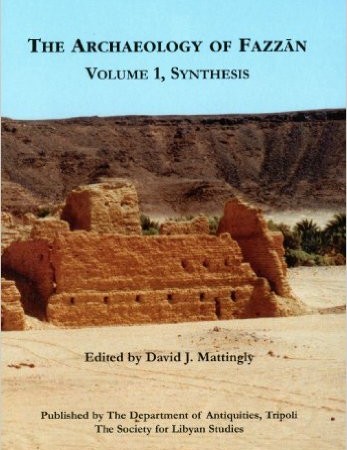
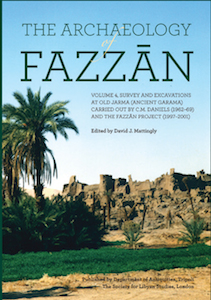
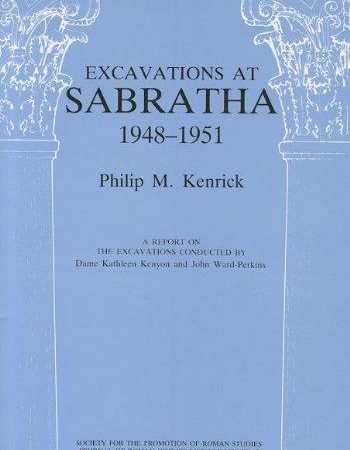
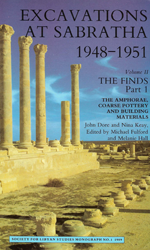

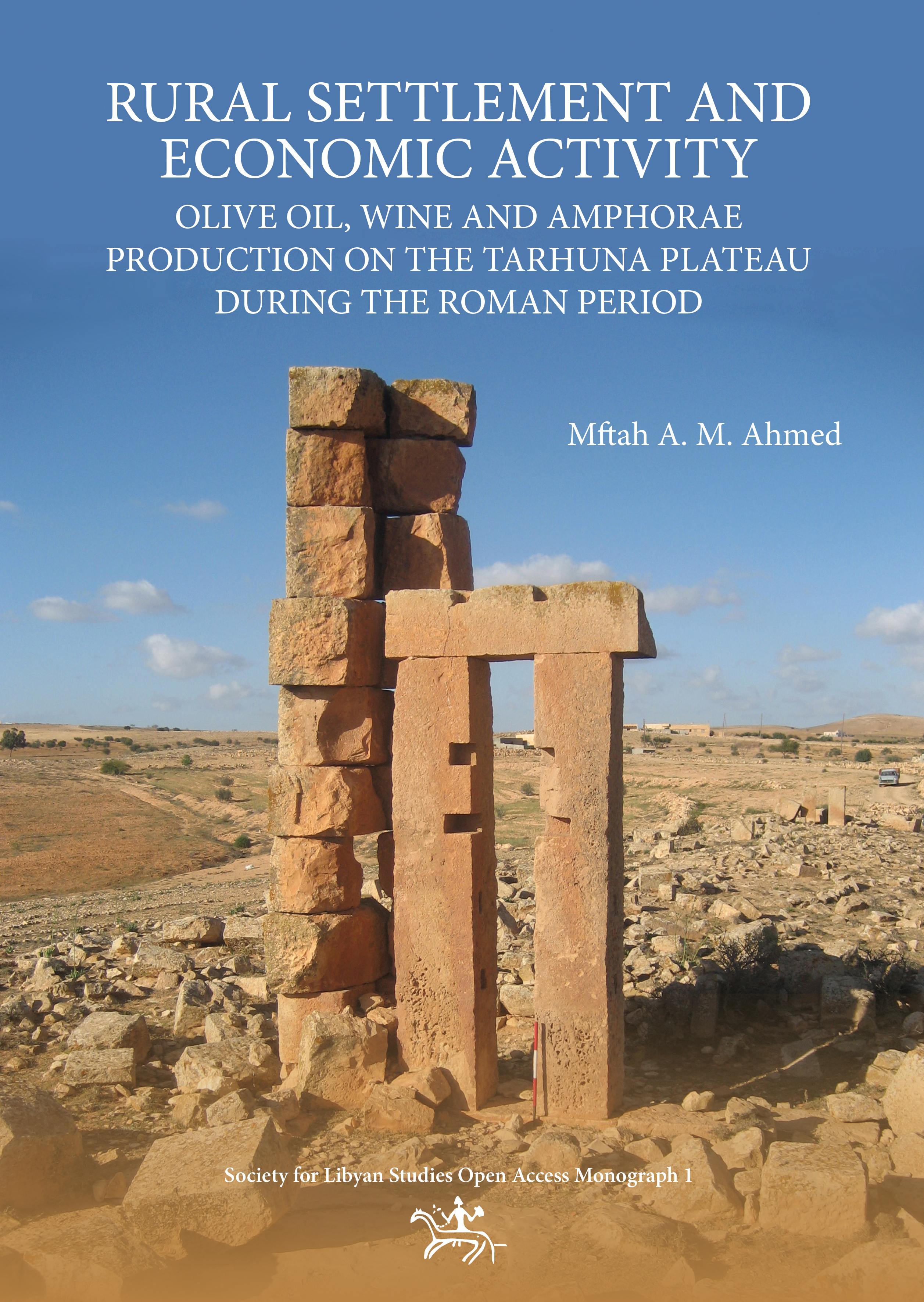
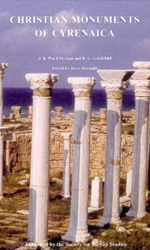
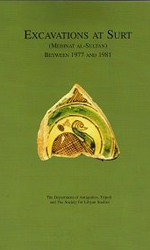
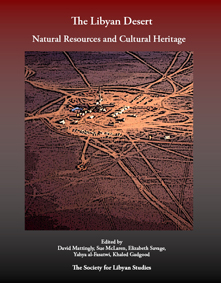

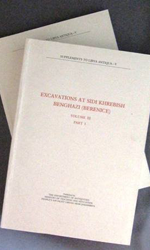
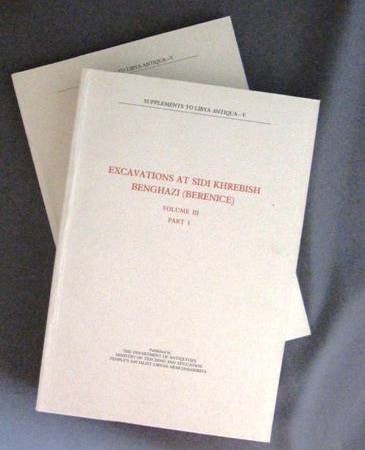
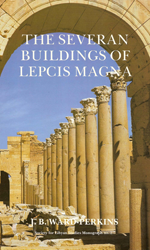
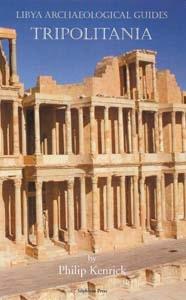


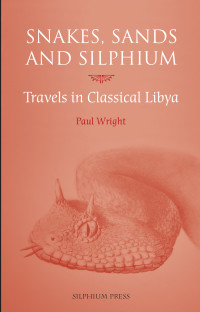
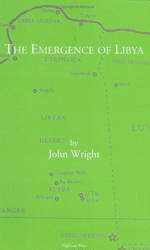
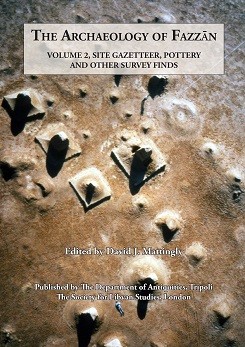
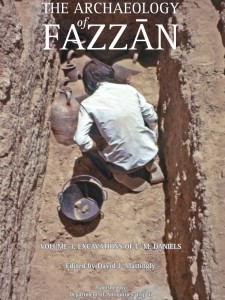









 Stumble It!
Stumble It!

No comments:
Post a Comment